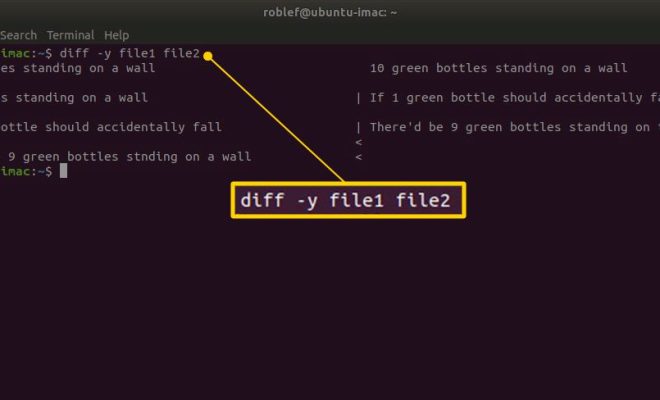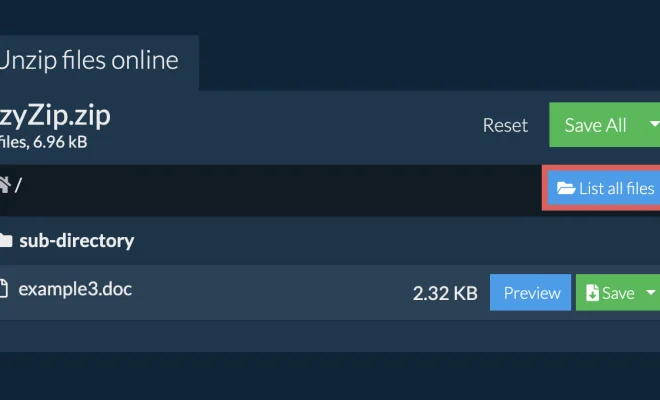The Linux Directory Structure, Explained

The Linux operating system is known for being highly customizable and flexible, allowing users to tailor their systems to their needs. One of the key components of this flexibility is the Linux directory structure, which provides a logical and organized framework for storing and accessing files and directories.
At the heart of the Linux directory structure is the root directory, which is represented by a forward slash (/). This is the starting point for all file paths in the system and contains all other directories and files.
The most important directories in the Linux directory structure include:
/bin: This directory contains essential system binaries that are required for booting and running the system, such as the ls and rm commands.
/boot: This directory contains the boot loader files, including the kernel and other essential files needed to start the system.
/dev: This directory contains device files that represent hardware devices connected to the system, such as disk drives, printers, and serial ports.
/etc: This directory contains configuration files for the system and applications installed on it. This includes files such as the network configuration file and the system startup scripts.
/home: This directory contains user home directories, where user-specific files and configurations are stored.
/lib: This directory contains shared library files that are required by the system and other applications to run.
/media: This directory is used to mount removable media, such as USB drives or CDs.
/opt: This directory contains optional software packages that are not part of the core system but are installed separately.
/tmp: This directory contains temporary files that are created by applications and scripts running on the system.
/usr: This directory contains the majority of the system files and applications, including user binaries, libraries, documentation, and source code.
/var: This directory contains variable data files, such as log files, mail spools, and website content.
Understanding the Linux directory structure is essential for managing and troubleshooting Linux systems. By knowing where files and directories are located and how they are organized, system administrators can quickly locate and modify files and configurations as needed.
Overall, the Linux directory structure provides a well-organized framework for storing and accessing files and directories. By adhering to this structure, Linux systems can maintain consistency and efficiency, making them highly reliable and customizable.





